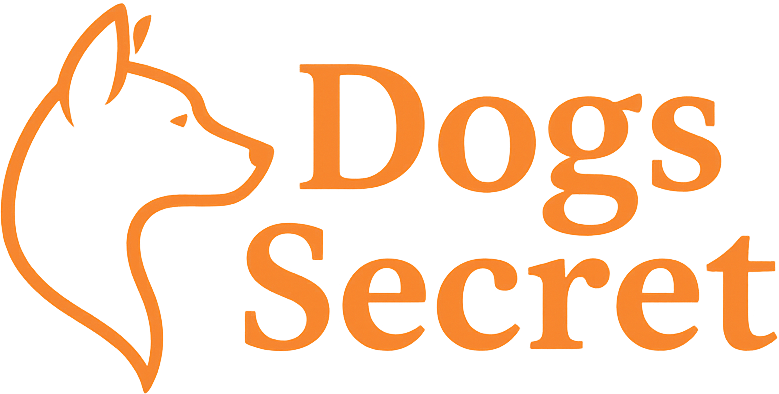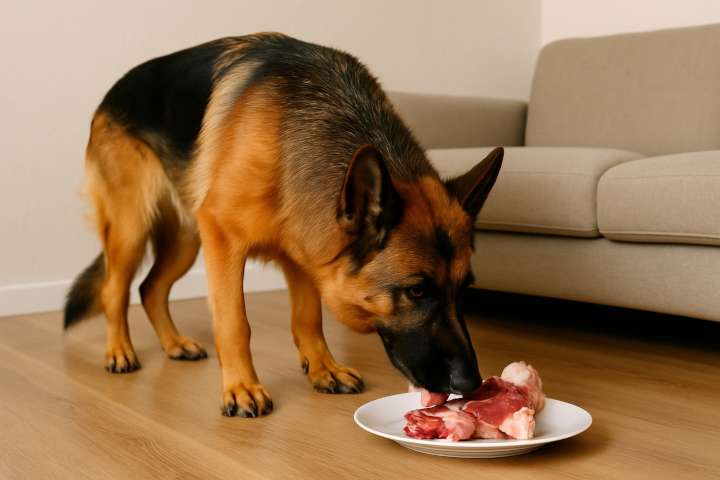Raw diet for dogs is gaining popularity among pet owners seeking improved digestion, shinier coats, and fewer allergies. The raw food movement isn’t just for humans—more and more dog owners are turning to raw diets for potential health benefits. But is feeding raw really better for your dog? And more importantly, is it safe?
In this guide, we’ll explore the truth behind the raw dog food diet, including its benefits, risks, and how to do it safely and responsibly if you choose this path.
What Is a Raw Diet for Dogs?
A raw dog food diet typically includes:
- Raw muscle meat (chicken, beef, turkey, lamb)
- Organ meats (liver, kidney)
- Raw bones (soft, edible bones like chicken necks or wings)
- Vegetables and fruits (optional, depending on philosophy)
- Eggs, fish, or yogurt (for added nutrients)
Popular styles include:
- BARF (Biologically Appropriate Raw Food): includes meat + bones + veggies + supplements
- Prey Model Raw (PMR): mimics whole animal prey, mostly meat and bones, no plants
Claimed Benefits of a Raw Diet
Supporters of raw feeding often report:
- Shinier coat and healthier skin
- Improved stool quality and less odor
- Higher energy levels
- Cleaner teeth and fresher breath
- Reduced allergies and inflammation
- Fewer fillers and processed ingredients
While many of these benefits are possible, scientific evidence is limited, and individual results vary.
Risks and Concerns
Despite its popularity, raw feeding is controversial among veterinarians. Risks include:
❌ Bacterial Contamination
- Raw meat may contain Salmonella, E. coli, or Listeria, which can infect dogs and humans (especially children, elderly, or immunocompromised people).
- Dogs can shed these bacteria in their stool even without symptoms.
❌ Nutritional Imbalance
- Homemade raw diets are often deficient in calcium, phosphorus, vitamin D, or essential fatty acids unless professionally formulated.
- Over time, these imbalances can cause organ damage, bone deformities, or immune suppression.
❌ Choking or Internal Injuries from Bones
- Cooked bones are dangerous (they splinter), but even raw bones can crack teeth, block the intestines, or cause choking.
❌ Not Suitable for Every Dog
- Puppies, senior dogs, and immunocompromised dogs may not tolerate raw food well.
- Dogs with pancreatitis, liver or kidney issues may worsen on high-protein raw diets.
How to Feed Raw Safely (If You Choose To)
If you decide to feed raw, follow these guidelines:
✅ 1. Work with a Veterinary Nutritionist
- Never guess portions or nutrient ratios—get a custom, complete recipe.
- Consider adding essential supplements (e.g., fish oil, vitamin E, taurine, calcium).
✅ 2. Buy from Trusted Sources
- Use human-grade meat from reliable suppliers.
- Store raw food frozen and thaw safely in the refrigerator.
- Avoid expired, spoiled, or discounted meat.
✅ 3. Handle Like You Would Raw Chicken
- Wash hands, tools, and surfaces thoroughly.
- Use stainless steel bowls (easier to sanitize).
- Keep raw food away from children and food prep areas.
✅ 4. Use Balanced Pre-Made Raw Formulas
If you don’t want to DIY, many reputable raw brands offer AAFCO-compliant, vet-formulated meals:
- Instinct Raw
- Primal Pet Foods
- Stella & Chewy’s
- BARF World
- Darwin’s Natural Pet Products
Look for frozen or freeze-dried options with a guaranteed nutrient profile.
Signs a Raw Diet Might Not Be Working
- Diarrhea, vomiting, or gas
- Nutritional deficiencies (dull coat, low energy, weak bones)
- Aggression around food (resource guarding)
- Weight loss or poor appetite
- Dental damage from bones
Always monitor your dog closely and check in with your vet regularly.
What Do Vets Say?
Most traditional veterinarians don’t recommend raw diets, especially homemade versions, due to safety and nutrition concerns. However, some holistic or integrative vets may support raw feeding—if done correctly.
The American Veterinary Medical Association (AVMA) discourages feeding raw animal-source proteins unless they’ve been heat-treated to eliminate pathogens.
Alternatives to Raw Feeding
- Fresh cooked diets (like Nom Nom or The Farmer’s Dog)
- Freeze-dried raw (shelf-stable and lower bacterial risk)
- High-quality kibble with raw toppers
- Gently cooked or air-dried foods for a middle ground
These options offer many of the same benefits with fewer risks.
Conclusion
Final Thoughts on Raw Diet for Dogs
Raw feeding can work for some dogs—but it’s not a magic bullet, and it’s not risk-free. If you choose to go raw, do it the right way: with professional guidance, strict hygiene, and a focus on balanced nutrition.
Need help comparing raw vs. cooked vs. kibble? Visit our Feeding Style Comparison Tool for charts, vet advice, and personalized suggestions.

